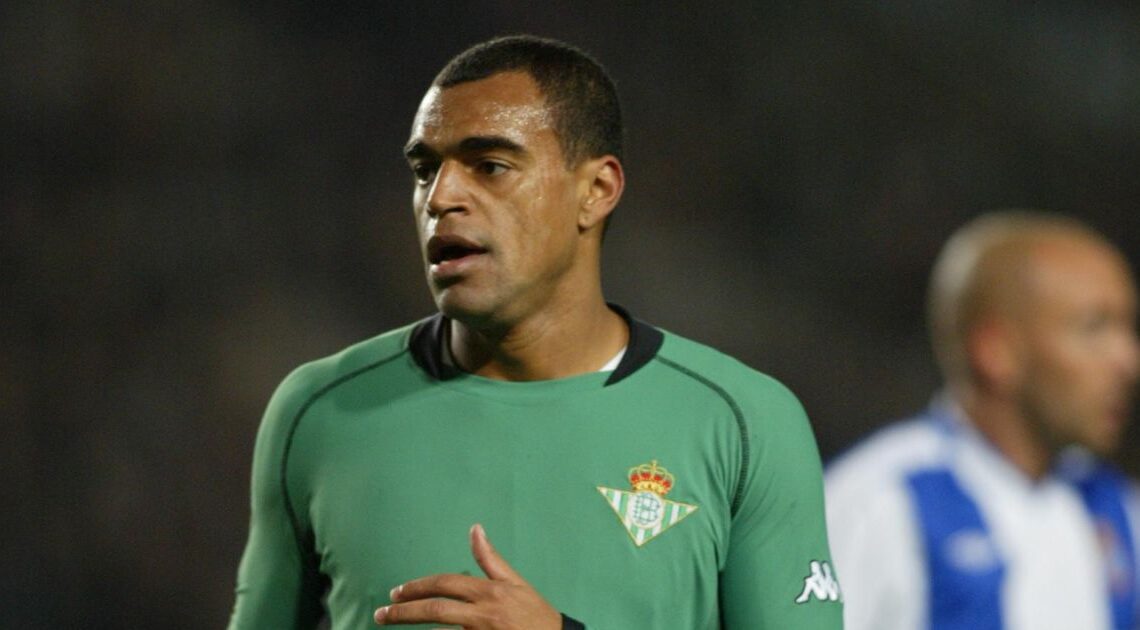When Real Betis signed 20-year-old Denilson for £21.5million in 1998, they made him the most expensive footballer in the world. Eight years later, the Brazilian was playing in Saudi Arabia.
Teenagers obsessed with today’s FIFA games might not have liked the more rudimentary versions of the game released in the late 1990s and early 2000s.
I say this only because, in today’s football landscape, a great deal of value is assigned to tricks — unique moves and shimmies used to evade an opponent.
Kids love them, and the best FIFA gamers (also kids) know how to exploit them. Many even show fondness for the game’s players with ‘five-star’ Skill Moves: your Yannick Bolasies, your Aiden McGeadys, your Nanis; players whose so-so real-world reputations have undoubtedly been boosted by the computer game.
In the days of the original Playstation, however, less thought was given to tricks and the differing abilities of players to pull off said tricks.
In fact, turn-of-the-millennium FIFA offered you, in essence, three options: something called a ‘hurdle’, a Zidane-style pirouette, or a more fancy pirouette that inexplicably morphed into a rainbow flick.
Call it optimism, call it naivety on the part of the EA Sports animators, but this wasn’t a particularly good representation of how real footballers used their skill to beat opponents.
Moreover, any player on the pitch, from Jaap Stam to Nigel Winterburn, was capable of pulling off the audacious moves. The year 2000: a pixelated Jaap Stam, with all the grace of a Russian ballet dancer, casually backheeling the ball over his own head.
Perhaps that limited range of skills was simply the result of limited time and resources at EA, but it’s also possible that there simply wasn’t so much of an appetite for tricks back then.
Because while there were certainly players performing outrageous skills on the pitch, there were fewer ways for fans to actually see those skills taking place.
In a world before HD YouTube videos, there was no endless supply of elastico compilations available on tap; players were judged on other, more concrete things like goals, tackles and marriages to Spice Girls.
Expensive bag of tricks
All of which makes the late-1990s furore around Denilson de Oliveira, the new world’s most expensive footballer, something of an anachronism.
In the two years leading up to Denilson’s big move in 1998, the transfer record was broken…
Click Here to Read the Full Original Article at Football365…

